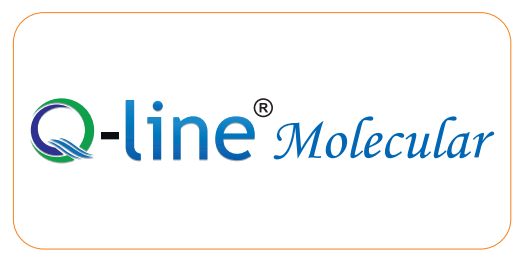LDH - (Lactate dehydrogenase)
Product Description
Pyruvate to lactate | DGKC | Kinetic
Available Options:
| REF | Volume |
|---|---|
LDH is an intracellular enzyme which is widely distributed throughout the body and is found at high levels in tissues that utilize glucose for energy; it is therefore not organ specific. Structurally, the enzyme is a tetramer with the two most common protein subunits LDH-M (M=muscle) and LDH-H (H=heart), in differentcombinations forming five isoenzymes: H4, M4, and the three mixed tetramers (H3M1, H2M2, H1M3). Though theisoforms are enzymatically similar in function,their distribution varies with different tissues:
LDH-1 (H4) is found in the heart and in RBC (red blood cells), as well as the brain.
LDH-2 (H3M1) is in the reticuloendothelial system.
LDH-3 (H2M2) is found in the lungs.
LDH-4 (H1M3) is found in the kidneys, placenta, and pancreas.
LDH-5 (M4) is found in the liver and striated muscle, also present in the brain.
LDH catalyzes the conversion of pyruvate to lactate with the regeneration of NADH to NAD+. This conversion is essential in hypoxic and anaerobic conditions when ATP production by oxidative phosphorylation is disrupted. As a consequence, LDH activity is upregulated in those conditions. Since the enzyme is widely distributed, an increase in LDH can reflect damage to a number of different tissues but not one in specific unless isozymes were quantified. LDH levels may be increased whenever there is cell necrosis or when neoplastic proliferation of cells causes an increase LDH production.
Product Features:
- Pyruvate to lactate conversion / DGKC.
- Kinetic rate, UV method.
- Both ready to use reagents as well as lyophilized reagents for different customers
Downloads
Video
Additional documents
Request Quote *(NOTE : Before submiting this form. please check your provided information.)
Related Products










































































































 English
English
 French
French
 Spanish
Spanish
 Russian
Russian
 Arabic
Arabic































